Since February, our eight Footprint Farmers have been competing to capture the best wildlife photograph using remote motion-sensor-operated trail cameras.
The competition entries were judged by the Irish Farmers Journal’s technical team and by Brendan Dunford (Burrenbeo Trust). Selecting a winner was no easy task due to the rich diversity of wildlife captured on camera.
Winning photo
We are thrilled to announce that Pádraig Connery’s stunning photo of fallow deer bucks sparring in the woodland in Co Waterford clinched the top prize. Tied for second place is the snapshot of a pine marten from Barry Powell’s farm in Co Tipperary and the photo of an Irish hare from Andrew Mulhare’s farm in Co Laois.
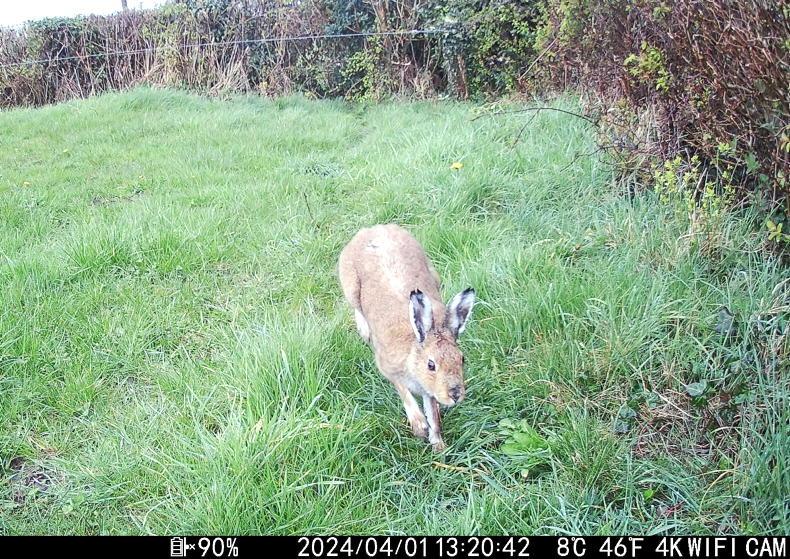
An Irish hare runs along a hedgerow at Andrew Mulhare’s farm in Co Laois. The Irish hare is a native species and is only found in Ireland. It requires habitats with a rich diversity of grasses and herbs to thrive.
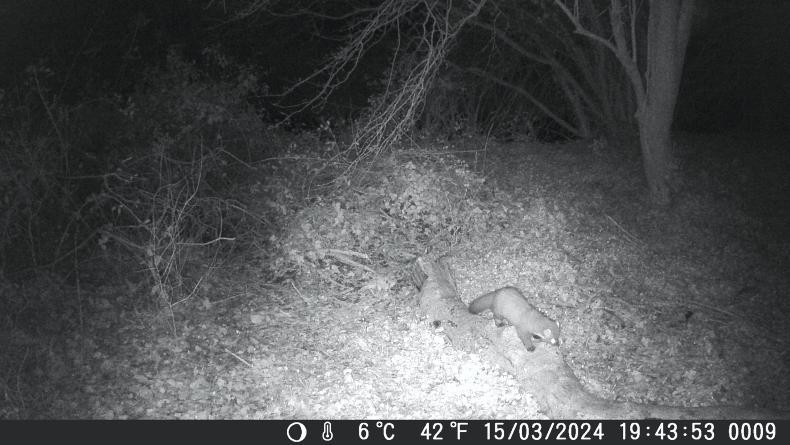
A pine marten traverses a log on Barry Powell’s farm in Co Tipperary. Pine martens are native to Ireland and present in every county (mainly found in woodlands) but are elusive and rarely seen.
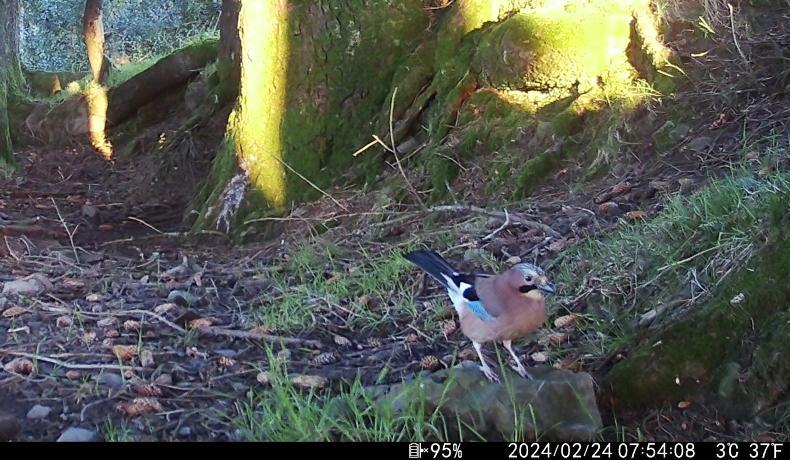
Jays are strikingly colourful and one of eight species of corvid (crow) native to Ireland. They thrive in deciduous native woodlands. \ Padraig Connery
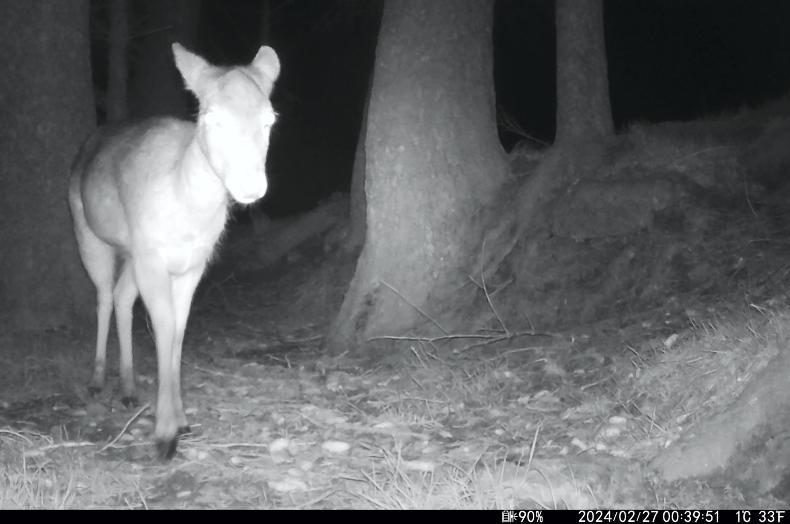
Fallow deer are an introduced species and one of four species of deer living wild in Ireland. Deer populations have increased dramatically in recent years, causing damage to woodlands and crops in some areas. \ Padraig Connery
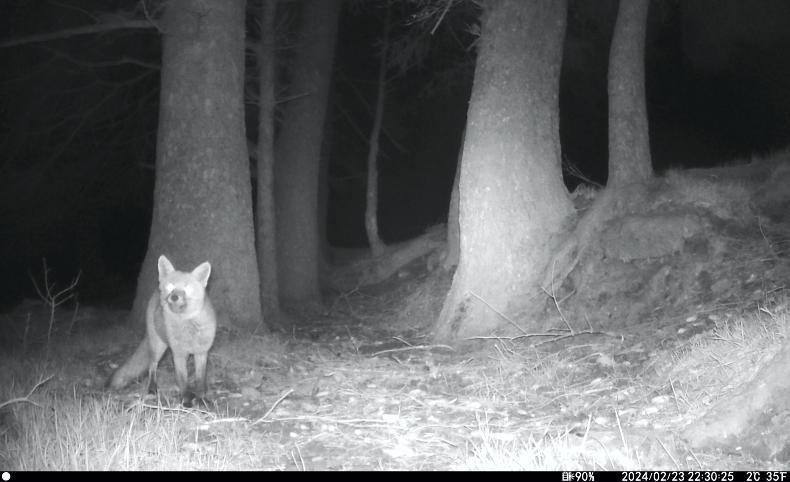
A red fox: this photo was taken in February, during mating season, when males will roam widely searching for females. \ Padraig Connery
It’s a joy to see such diversity of wildlife thriving on Footprint Farms.
Sincere thanks to all the participating farmers, who are dedicated to protecting and nurturing native wildlife habitats on their lands.
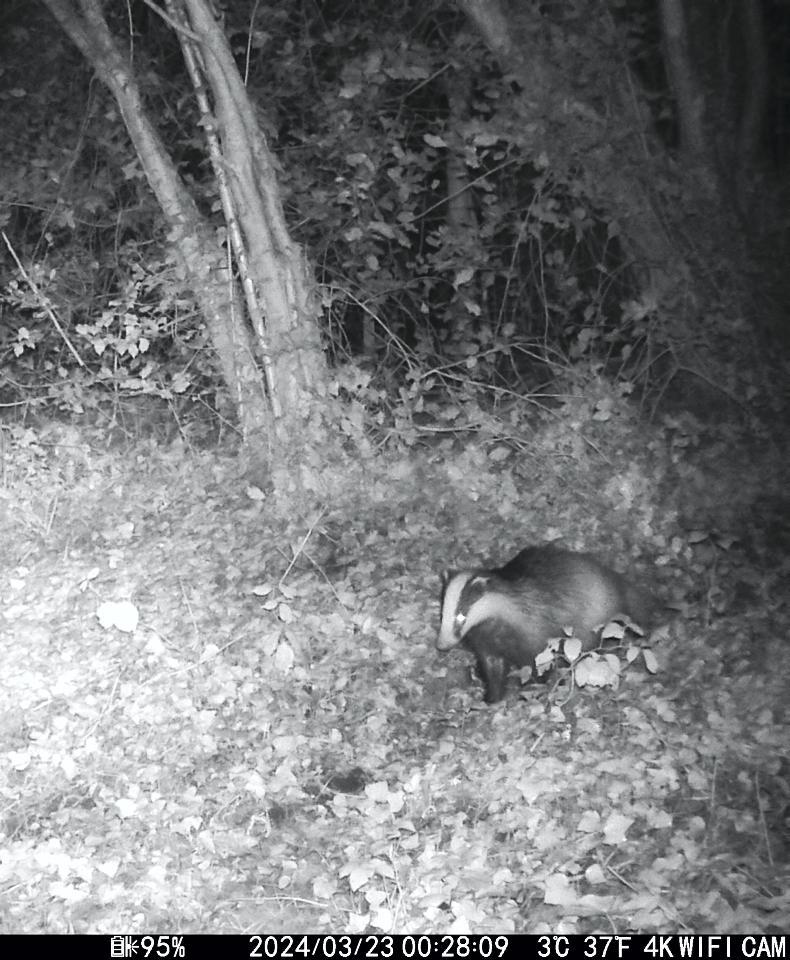
A badger in the woodland: badger clans can occupy the same sett in old woodland for centuries, with each generation adding new chambers and extensions.
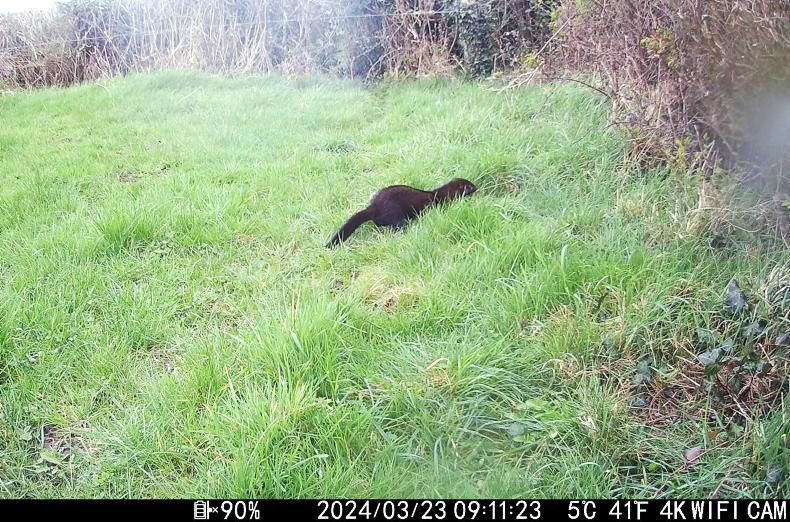
An American mink: the American mink is an invasive species in Ireland, with most wild mink descending from escapees from mink farms established in Ireland in the 1950s. \Andrew Mulhare
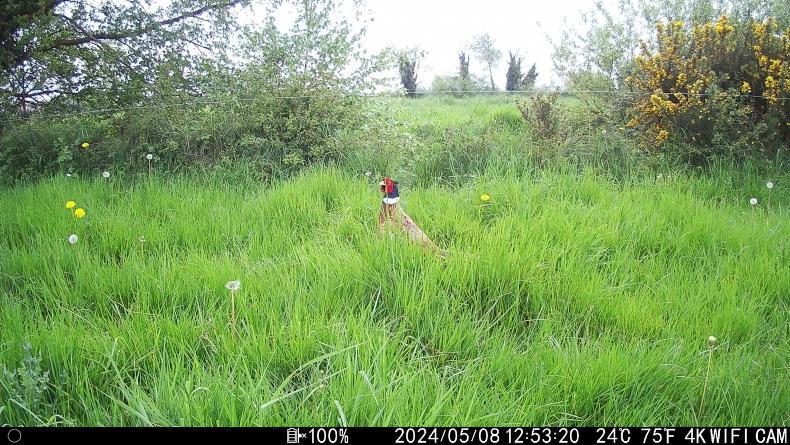
A cock pheasant: although a common countryside resident, the pheasant is in fact not native to Ireland. It was introduced from Asia in the 16th century for the purposes of hunting. \ Andrew Mulhare

A red fox: in open farmland, a fox will maintain a territory of 200-600ha and will regularly traverse this territory on well-worn trails. \ Ciara Kinsella
You can see the full range of pictures and learn more about how to set up a trail camera on your own farm, by reading our last instalment from Footprint Farms here.
Since February, our eight Footprint Farmers have been competing to capture the best wildlife photograph using remote motion-sensor-operated trail cameras.
The competition entries were judged by the Irish Farmers Journal’s technical team and by Brendan Dunford (Burrenbeo Trust). Selecting a winner was no easy task due to the rich diversity of wildlife captured on camera.
Winning photo
We are thrilled to announce that Pádraig Connery’s stunning photo of fallow deer bucks sparring in the woodland in Co Waterford clinched the top prize. Tied for second place is the snapshot of a pine marten from Barry Powell’s farm in Co Tipperary and the photo of an Irish hare from Andrew Mulhare’s farm in Co Laois.

An Irish hare runs along a hedgerow at Andrew Mulhare’s farm in Co Laois. The Irish hare is a native species and is only found in Ireland. It requires habitats with a rich diversity of grasses and herbs to thrive.

A pine marten traverses a log on Barry Powell’s farm in Co Tipperary. Pine martens are native to Ireland and present in every county (mainly found in woodlands) but are elusive and rarely seen.

Jays are strikingly colourful and one of eight species of corvid (crow) native to Ireland. They thrive in deciduous native woodlands. \ Padraig Connery

Fallow deer are an introduced species and one of four species of deer living wild in Ireland. Deer populations have increased dramatically in recent years, causing damage to woodlands and crops in some areas. \ Padraig Connery

A red fox: this photo was taken in February, during mating season, when males will roam widely searching for females. \ Padraig Connery
It’s a joy to see such diversity of wildlife thriving on Footprint Farms.
Sincere thanks to all the participating farmers, who are dedicated to protecting and nurturing native wildlife habitats on their lands.

A badger in the woodland: badger clans can occupy the same sett in old woodland for centuries, with each generation adding new chambers and extensions.

An American mink: the American mink is an invasive species in Ireland, with most wild mink descending from escapees from mink farms established in Ireland in the 1950s. \Andrew Mulhare

A cock pheasant: although a common countryside resident, the pheasant is in fact not native to Ireland. It was introduced from Asia in the 16th century for the purposes of hunting. \ Andrew Mulhare

A red fox: in open farmland, a fox will maintain a territory of 200-600ha and will regularly traverse this territory on well-worn trails. \ Ciara Kinsella
You can see the full range of pictures and learn more about how to set up a trail camera on your own farm, by reading our last instalment from Footprint Farms here.










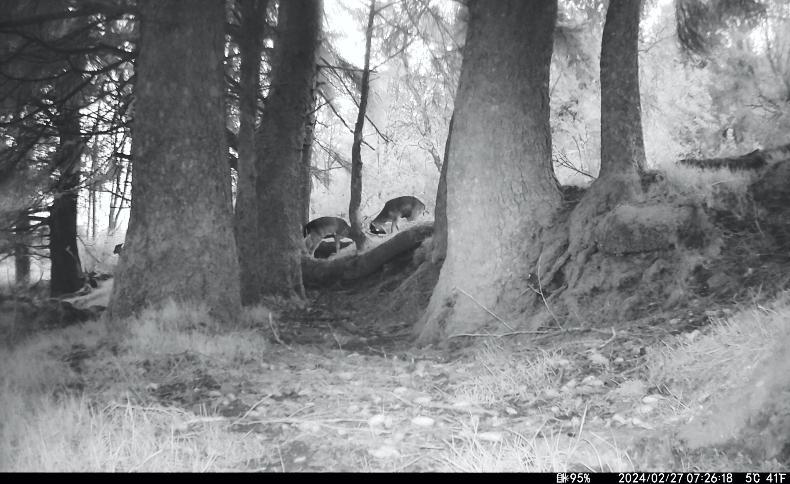





 This is a subscriber-only article
This is a subscriber-only article









SHARING OPTIONS: